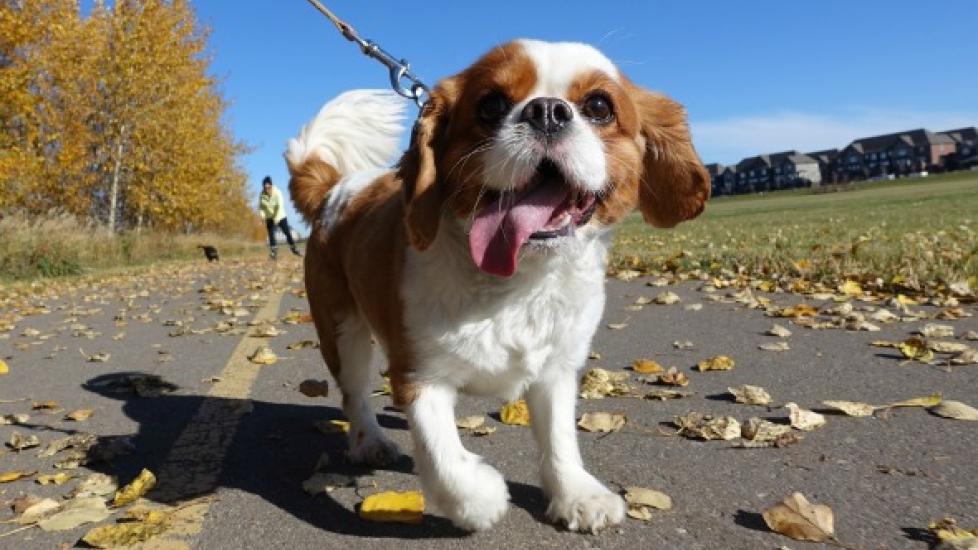Pet Care Essentials: Understanding and Addressing Pulmonary Embolism (Blood Clots) in Canine Companions
Losing a pet to any cause is devastating, but when it comes to unexpected complications like pulmonary embolism, the shock can be even more profound. This condition, characterized by blood clots that travel from other parts of the body and lodge in the lungs, can be life-threatening for dogs if left untreated. As a responsible pet owner, being aware of the signs, potential causes, and preventive measures is crucial in ensuring your furry friend lives a long and healthy life. In this article, we delve into the intricacies of pulmonary embolisms in dogs, providing you with essential knowledge to safeguard their well-being.
What Is Pulmonary Embolism?
Pulmonary embolism occurs when a clot forms somewhere else in the dog’s circulatory system—often due to an underlying medical issue or prolonged immobility—and then travels through the veins until it reaches the lungs. The blockage caused by the clot hinders oxygen exchange, leading to severe respiratory distress, low blood pressure, and potentially fatal consequences without prompt intervention. While all breeds are susceptible, certain factors may increase the risk, such as advanced age, obesity, cancer, heart disease, and recent surgeries.
Signs and Symptoms to Watch For
Recognizing the early symptoms of pulmonary embolism is critical for timely treatment. These may include:
- Rapid Breathing: Your dog might take rapid, shallow breaths as they struggle to get enough air into their lungs.
- Coughing Spells: Coughing is common among dogs with lung issues, but persistent coughing accompanied by gagging could indicate something more serious.
- Weakness and Lethargy: Affected dogs often seem unusually tired and uninterested in activities they usually enjoy.
- Gastrointestinal Distress: Some pets experience vomiting or diarrhea as a result of reduced blood flow and oxygen delivery to organs.
- Collapse or Shock: Severe cases may lead to cardiovascular collapse and hypovolemic shock.
If you notice these signs, do not hesitate to contact your veterinarian immediately. Early diagnosis and treatment are key to managing this emergency situation effectively.
Prevention Measures Every Dog Owner Should Know
While some instances of pulmonary embolism cannot be entirely avoided, there are steps you can take to reduce the likelihood of them occurring:
- Regular Exercise: Regular physical activity helps prevent stagnation of blood in the legs and pelvic area where deep vein thrombosis (DVT) commonly starts.
- Maintain a Healthy Weight: Excess weight puts additional strain on the cardiovascular system, making clot formation more likely.
- Preventative Medications: Depending on the individual case, your vet might prescribe anticoagulant drugs to thin the blood and lower the risk of clotting.
- Monitor Medical Conditions: If your dog has a pre-existing health problem that increases clotting risks (like cancer or inflammatory diseases), close monitoring by a specialist is important.
- Postoperative Care: After surgery, encourage your pup to move around soon after waking up to promote circulation and avoid excessive rest.
Treatment Options Explained
Should your beloved companion develop a pulmonary embolism, immediate veterinary attention is necessary. A combination of therapies may be employed depending on the severity:
- Anti-Coagulation Therapy: Blood thinners work to dissolve existing clots and prevent new ones from forming.
- Thrombolytic Drugs: These medications break down large clots within the lungs.
- Supportive Care: Oxygen therapy, intravenous fluids, and pain management are standard supportive treatments during recovery.
The prognosis for dogs with pulmonary embolism varies widely based on how quickly the condition is recognized and treated. With swift action and proper care, many affected pups can make a full recovery and resume their active lifestyles. However, delayed treatment significantly lowers the chances of successful outcomes.
In conclusion, understanding pulmonary embolism in dogs involves knowing its origins, recognizing warning signals, implementing prevention strategies, and seeking professional help at the first sign of trouble. By staying informed and vigilant about your pet’s health, you contribute to creating a safe and nurturing environment that allows them to thrive alongside you. Remember, every moment spent with our four-legged friends is precious; let us cherish them and provide them with the best possible healthcare.
